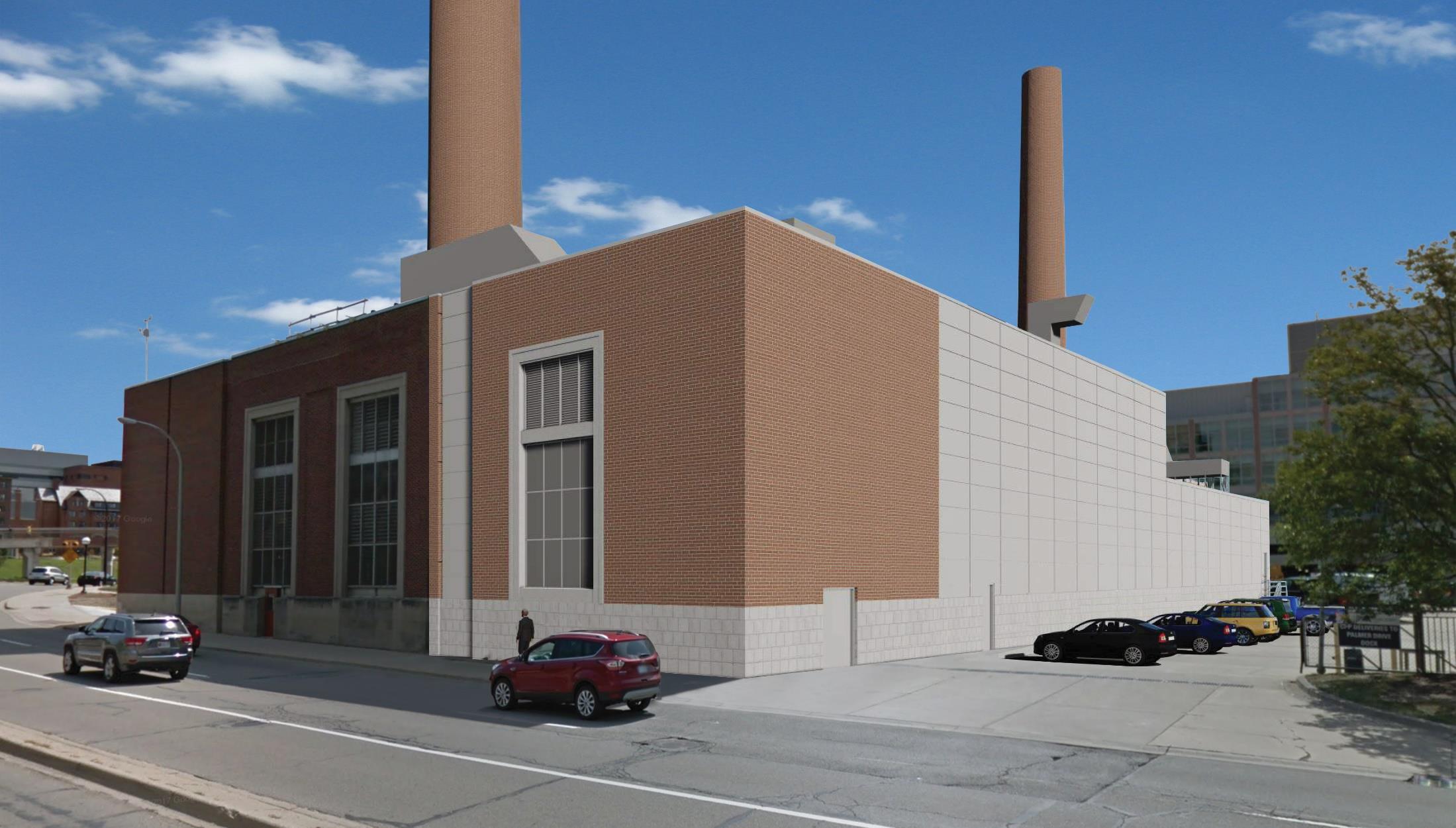210904-1339bEDT
kwired:
The U of M main power plant was constructed a long time ago, and probably powered a large part of the main campus. There was no North Campus at that time.
Some details are:
Utilities Distribution consists of the Tunnel Shop and Water, Wastewater and Storm. The Tunnel Shop is responsible for operating and maintaining roughly 6 miles of underground structures that house low pressure steam, high pressure steam, domestic hot water, condensate, and compressed air...

utilities.fo.umich.edu
The CPP is a combined cycle cogeneration power plant which includes seven steam boilers totaling 1,000,000 pounds of steaming capacity and 46 megawatts of electric generation capacity. The CPP team operates and maintains the facility to ensure we are compliant with the federal, state and local Environmental & Safety regulations. We are a proactive team who strive for continuous improvement by applying the Facilities and Operations principles of being Respectful, Collaborative, Solutions-Based and Proactive into our daily work.
The University of Michigan is expanding its Central Power Plant (CPP) to enhance power reliability and reduce greenhouse gas emissions (GHG), in accordance with a recommendation by the 2015 Preside…

umaec.umich.edu

en.wikipedia.org
I would say the U of M main campus power plant is for base load, as is the Parke-Davis North Campus power plant. and that DTE supplies peaking power. But in some buildings DTE is going to be base power.
.And there are a lot of emergency generation units that are not generally powered. Probably not even for peaking.
.





